SGGP
The Israeli government announced that it would cut off “all communications” and besiege Gaza City, marking a new phase in the Israel-Hamas conflict.
Ability to set up field hospitals
On November 3, Israel released 3,200 Palestinian workers from the Gaza Strip who had been detained in the West Bank. These workers were transferred to the Gaza Strip through the Kerem Shalom border crossing.
In a statement, the Israeli security cabinet said there would be no more Palestinian workers coming from Gaza. Workers from Gaza who were in Israel on the day of the conflict (October 7) would be sent back to Gaza.
Israel's defense agency, responsible for Palestinian civilian affairs, issued work permits to about 18,500 people from Gaza before the conflict.
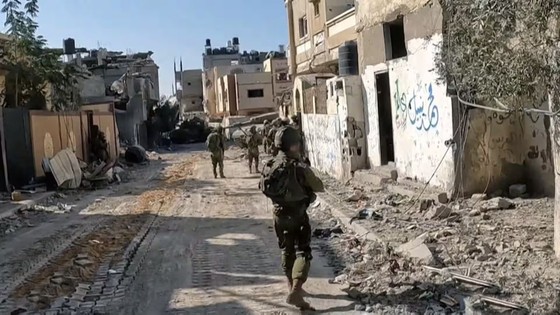 |
The Israeli army announced that it had completed the siege of Gaza City. Photo: KBC |
On the same day, the Israeli side also said that the government is discussing with health agencies about setting up field hospitals in the southern Gaza Strip to treat the wounded, then transfer them to more modern medical facilities for intensive care.
Previously, on November 2, Director General of the World Health Organization (WHO) Tedros Adhanom Ghebreyesus warned that the forced evacuation of hospitals in the northern Gaza Strip was putting the lives of hundreds of patients at risk.
The information was released at a time when health authorities in the Gaza Strip announced that the death toll there had surpassed 8,800, not to mention more than 22,200 others injured.
Multiple channels of humanitarian aid
The Israeli military said it had “completed the siege” of the largest city in the Gaza Strip. This move has raised concerns in the international community about the conflict, as well as the situation in the Gaza Strip. On November 30, the United Arab Emirates (UAE) warned that the Israel-Hamas conflict is at risk of further escalation and outbreaks across the Middle East.
The UAE also said it was working “tirelessly” to achieve a full and immediate ceasefire to allow humanitarian aid to flow in. A panel of independent UN experts also warned the conflict risks turning into “genocide in Gaza”.
On the same day, Japanese Foreign Minister Yoko Kamikawa met with her Israeli counterpart Eli Cohen in Tel Aviv in an effort to de-escalate the conflict between Israel and Hamas. According to the plan, Foreign Minister Kamikawa will also meet with Palestinian Foreign Minister Riad Malki in Ramallah in the West Bank later on November 3.
According to Kyodo, Foreign Minister Kamikawa is expected to ask the parties to halt the conflict to allow humanitarian aid to be delivered to the Gaza Strip. Japan has pledged $10 million in emergency aid for the people of the Gaza Strip.
Meanwhile, US Secretary of State Antony Blinken arrived in Israel, his second trip to the Middle East since the conflict broke out on October 7, to seek measures to minimize damage and casualties for people in the Gaza Strip.
Previously, US National Security Council (NSC) spokesman John Kirby said the US is trying to find solutions to achieve more ceasefires when necessary, to be able to continue transporting aid as well as ensuring the safety of people, including hostages.
Source








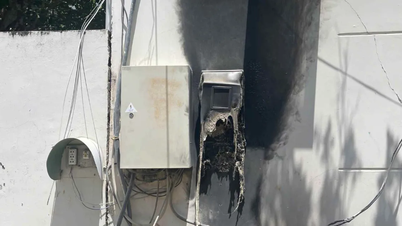


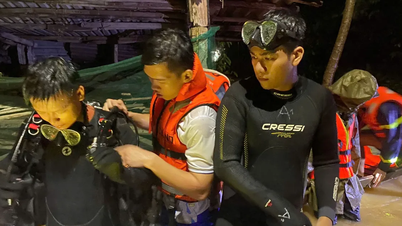


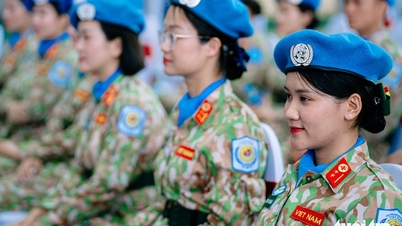

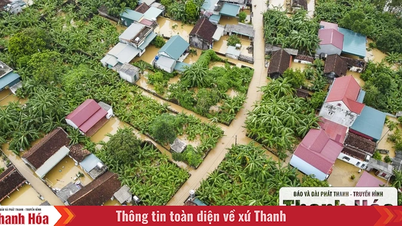



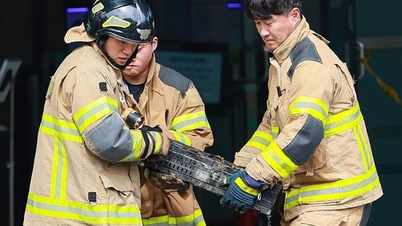



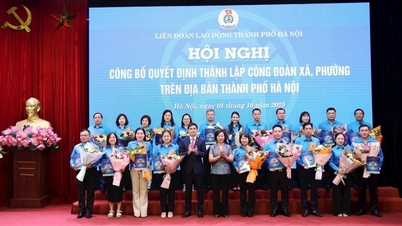






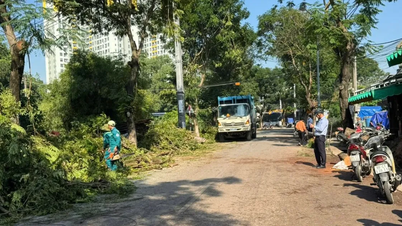
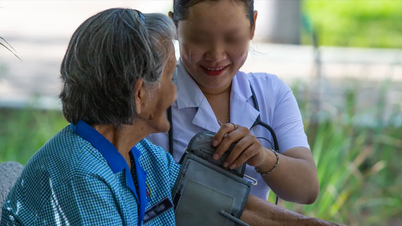

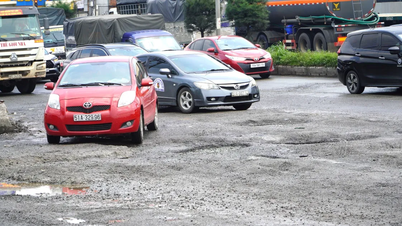
















































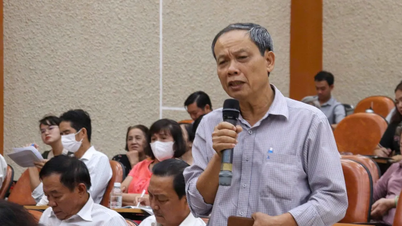


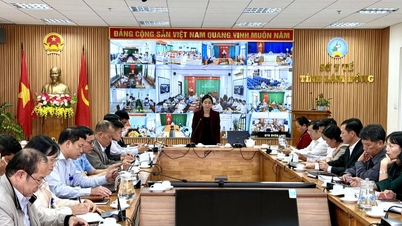

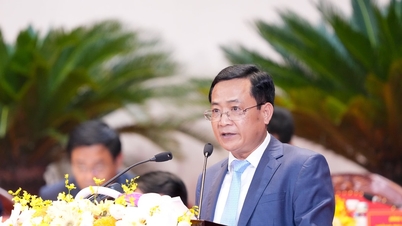


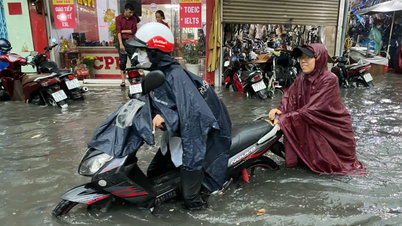













Comment (0)